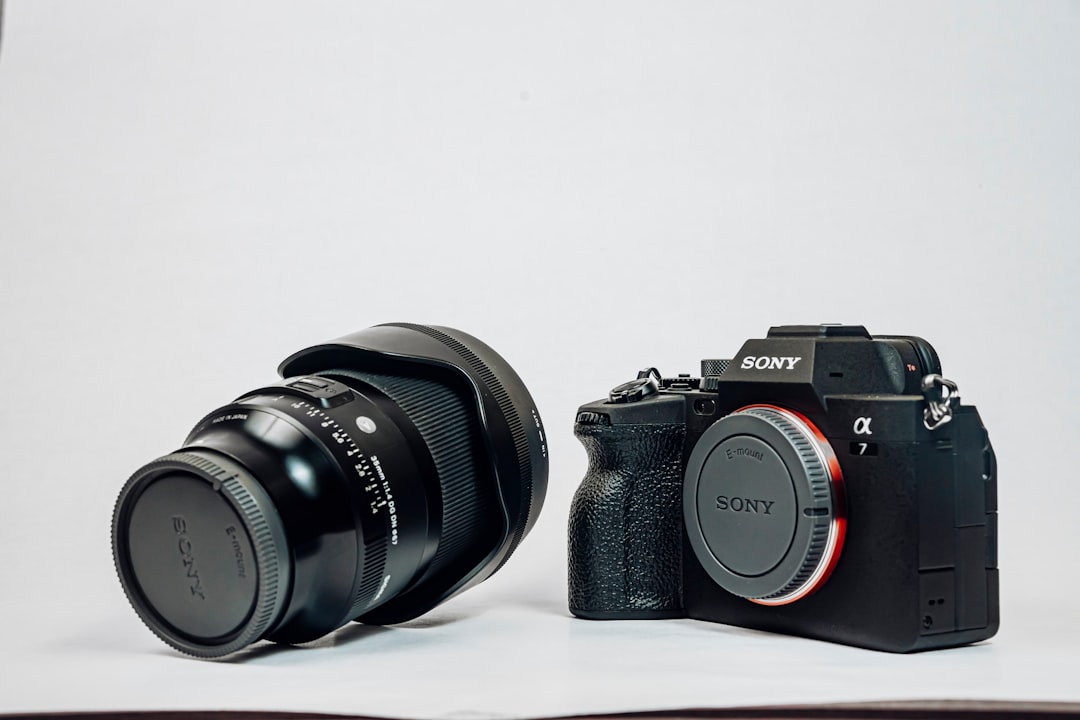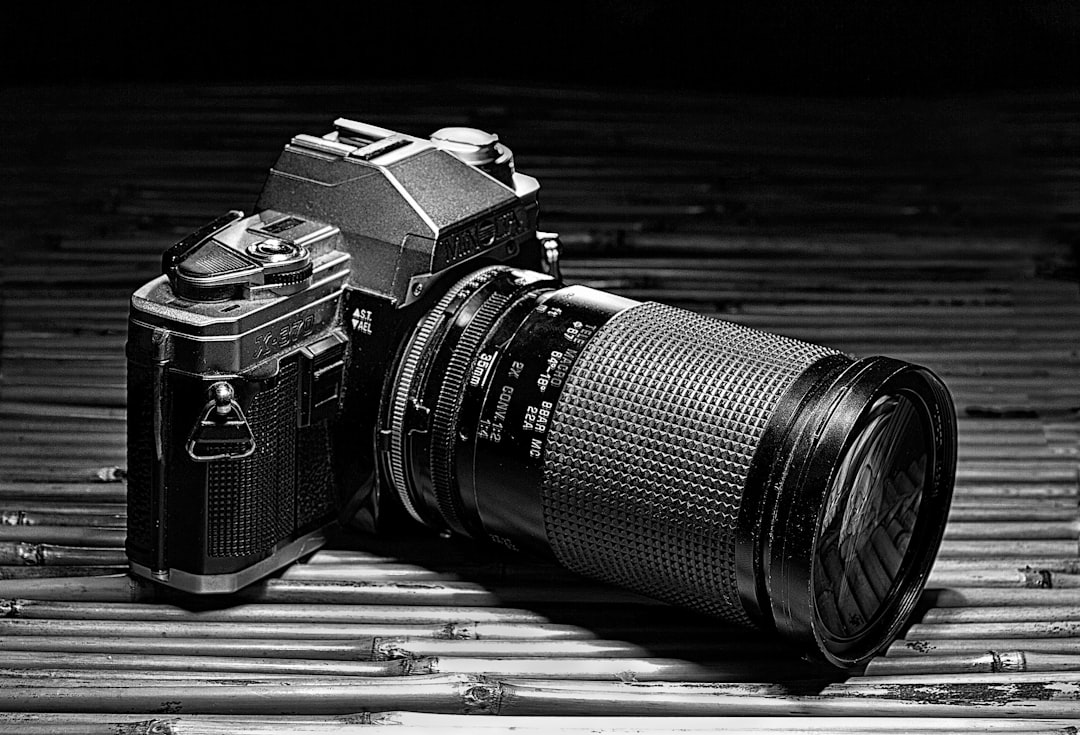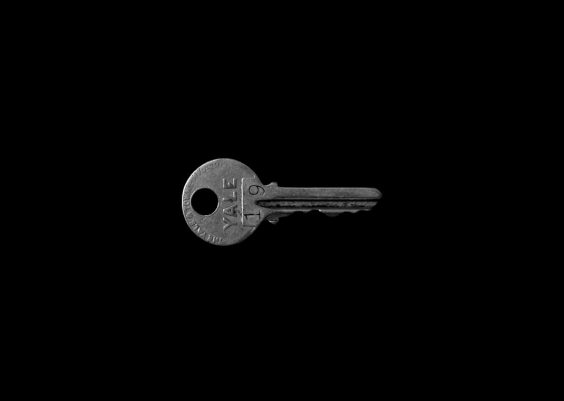In the ever-evolving world of photography, the rise of mirrorless cameras has prompted a surge of interest in specialized lenses that cater to a variety of shooting styles. One of the most debated topics among photographers — both amateur and professional — is whether to invest in prime or zoom lenses for their mirrorless systems. Both lens types offer unique benefits and limitations, and knowing which one suits your needs can have a significant impact on the quality and efficiency of your work behind the lens.
Contents
Understanding the Basics: What Are Prime and Zoom Lenses?
Before diving into the differences, it’s important to understand the fundamental characteristics of these two types of lenses.
- Prime Lens: A lens with a fixed focal length, such as 35mm, 50mm, or 85mm. Prime lenses do not zoom; instead, they require you to physically move closer or farther from your subject to change the composition.
- Zoom Lens: A lens with a variable focal length, like 24-70mm or 70-200mm, allowing photographers to adjust framing without moving their position.
Now that we’ve cleared up the basics, let’s explore the advantages and potential drawbacks of each type to help you determine which is best for your mirrorless camera setup.
The Case for Prime Lenses
Prime lenses are often praised for their optical quality, portability, and specialized use. Here are some of the main benefits of using a prime lens on a mirrorless system:
1. Superior Image Quality
Because prime lenses have fewer moving parts and are designed for a fixed focal length, lens manufacturers can optimize their optical elements for sharper images, less distortion, and minimal chromatic aberration. This often results in photos with stunning clarity and contrast.
2. Wider Apertures
Prime lenses often come with wider maximum apertures like f/1.4 or f/1.8. These wide apertures serve two purposes: allowing more light into the camera in low-light conditions and creating a shallower depth of field for beautiful, creamy bokeh. This is especially useful for portraits, where background separation is key.
3. Lightweight and Compact
Mirrorless cameras are famed for their compact size, and prime lenses complement this design philosophy. They tend to be smaller and lighter than zoom lenses, making them ideal for street photography, travel, and events where discretion and mobility matter.

4. Encourages Creative Composition
Working with a fixed focal length forces you to think more deeply about framing and composition. You move with the camera, explore different angles, and become more intentional with each shot — a process some photographers find creatively stimulating.
However, not everything about prime lenses is perfect. Their fixed focal length can be limiting in fast-moving or dynamic environments where changing perspectives quickly is necessary.
The Zoom Advantage
Zoom lenses offer unmatched versatility for capturing a wide range of subjects without changing lenses. They are especially appealing to photographers who need adaptability in quick-paced settings.
1. Convenience and Flexibility
With a zoom lens, you can go from wide-angle to telephoto in seconds. This makes it easy to capture different types of shots in a short amount of time. Whether you’re shooting a wedding, sports event, or wildlife, having a zoom eliminates the need to switch lenses frequently.
2. Fewer Lens Changes
Constantly changing prime lenses to adapt to different scenes can be not only inconvenient but also risky. In dusty or wet environments, keeping one zoom lens on your mirrorless body reduces the chance of sensor contamination.
3. Cost Efficient for Range
Purchasing several high-quality prime lenses to cover the same focal range as one zoom lens can be expensive. A good zoom lens can effectively cover your needs with just one piece of gear, saving both money and space in your camera bag.

Despite their strengths, zoom lenses do have some trade-offs:
- Weight and Size: Zoom lenses are generally bigger and heavier than their prime counterparts, which can offset the size advantage of a mirrorless system.
- Narrower Apertures: Many zooms, especially affordable ones, have narrower maximum apertures (e.g., f/4 or f/5.6), limiting low-light performance and shallow depth-of-field effects.
When Should You Choose a Prime Lens?
Opt for a prime lens when:
- You desire maximum image quality and sharper results
- You shoot often in low light or need beautiful bokeh
- You value portability and travel frequently
- You enjoy learning through intentional composition
Popular use cases include:
- Portrait photography
- Street and lifestyle photography
- Product photography
When Should You Choose a Zoom Lens?
Consider a zoom lens if:
- You often shoot in fast-paced or variable environments
- You need to cover multiple focal lengths in one session
- You want to avoid frequent lens changes
- You’re constrained by budget or space
Common scenarios include:
- Event photography, including weddings and concerts
- Travel photography where you can’t predict all shooting conditions
- Sports, action, and wildlife photography
The Hybrid Approach: Why Not Both?
Many photographers find that their needs are best met by carrying both types of lenses. For instance, a zoom lens like a 24-70mm might be perfect for general-purpose, on-the-go shooting, while a prime lens such as a 50mm f/1.8 could be reserved for creative work or specific shoots like portraits or nighttime photography.
Modern mirrorless systems from brands like Sony, Canon, and Fujifilm have made it easier than ever to build a customized kit. Thanks to advancements in lens design — especially with mirrorless mounts that allow for closer flange distances — both prime and zoom lenses are becoming lighter, faster, and sharper than their DSLR counterparts.
Lens Innovations in the Mirrorless Era
Another reason this debate has become so interesting is the innovation occurring in the mirrorless lens market. Some zoom lenses now rival the sharpness and low-light performance of primes, while certain primes boast autofocus and optical stabilization previously found mostly in zooms.

Also, third-party manufacturers like Sigma, Tamron, and Viltrox are contributing to a more diverse and affordable lens ecosystem, giving photographers even more flexibility in how they build their gear.
Conclusion: Pick the Tool That Works for You
Ultimately, the choice between a mirrorless prime or zoom lens comes down to your personal style, subject matter, and shooting needs. If you value sharpness, low-light capability, and artistic expression, you’ll likely prefer a prime. If convenience, speed, and flexibility are your top priorities, a good zoom might be the better choice.
Whichever path you choose, the good news is that today’s mirrorless systems offer no shortage of high-quality lenses in both categories. Try experimenting with both to see which aligns best with your vision and workflow as a photographer.




